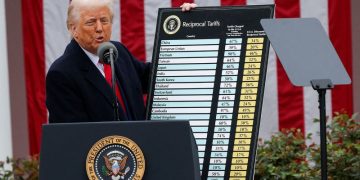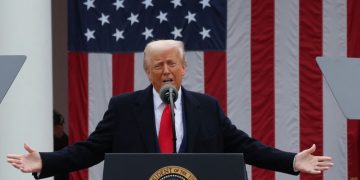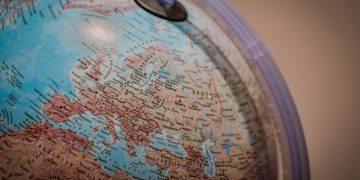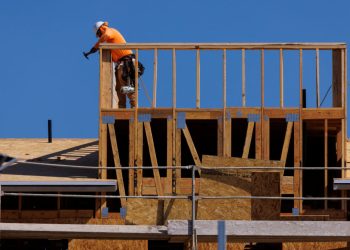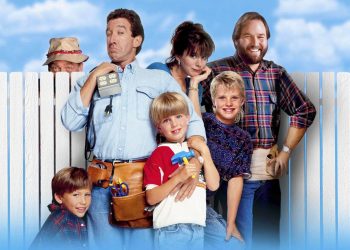Once again, the summer has been a barrage of broken records. Cities and counties across the United States are hitting their highest temperatures to date—104 degrees Fahrenheit in Reno, 108 degrees in Seattle, 118 degrees in Palm Springs—as reservoirs in the West fall to their lowest water levels yet. Meanwhile, the 2021 fire season rages on, with more than 3.6 million acres burned and counting.
What truly sets this year of extreme heat apart, however, is the clear opportunity that exists for the federal government to do something about it. As Congress continues to negotiate the policy details and funding levels of President Joe Biden’s Build Back Better package, lawmakers must include sufficient investment in lifesaving heat mitigation and carbon and local pollution reduction measures. Without this congressional intervention, extreme heat will only continue to result in devastating public health and economic impacts—the brunt of which are experienced by Black, Latino, Indigenous, and other people of color, as well as those living in low-income and disadvantaged communities.
The public health impacts of extreme heat
On average, heat waves are responsible for more deaths every year than any other extreme weather event—both globally and domestically. In June, there were some 800 deaths attributed to the record-shattering heat wave in the Pacific Northwest and British Columbia, with more than 3,500 people in the United States admitted to the emergency room for…

